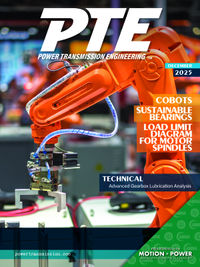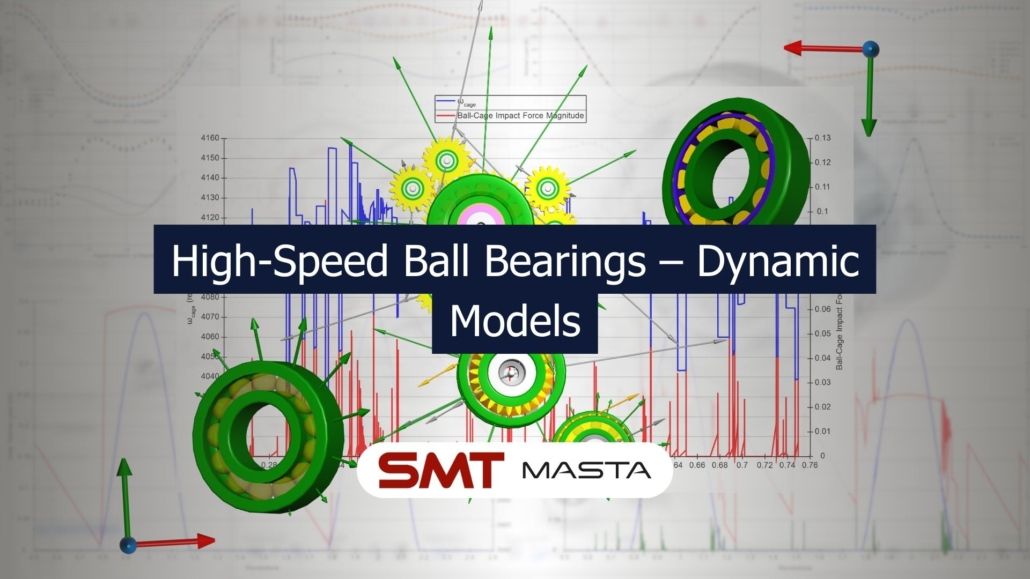SMT Examines Dynamic Modeling of High-Speed Ball Bearings
In this article, the focus turns to the dynamic modeling of ball bearings, and the benefits of this approach when analyzing high-speed ball bearings.
Dynamic models provide the capability to undertake analyses of ball bearings in which temporal effects can be included and studied.
In ball bearings, these effects include the interaction between the elements and the cage, which in turn affects the behavior of these component parts.
In MASTA 13, SMT released its own dynamic bearing model for ball bearing analysis, using a six-degree-of-freedom model for the elements, and a three-degree-of-freedom model for the cage.
The dynamic model uses the same underlying physical model for the elements as the quasi-static model discussed in part one, with the addition of impacts from the cage.
The cage is described by a model in which the cage can rotate and translate in the orbital plane of the elements and can therefore come into contact with the elements and guiding ring.




